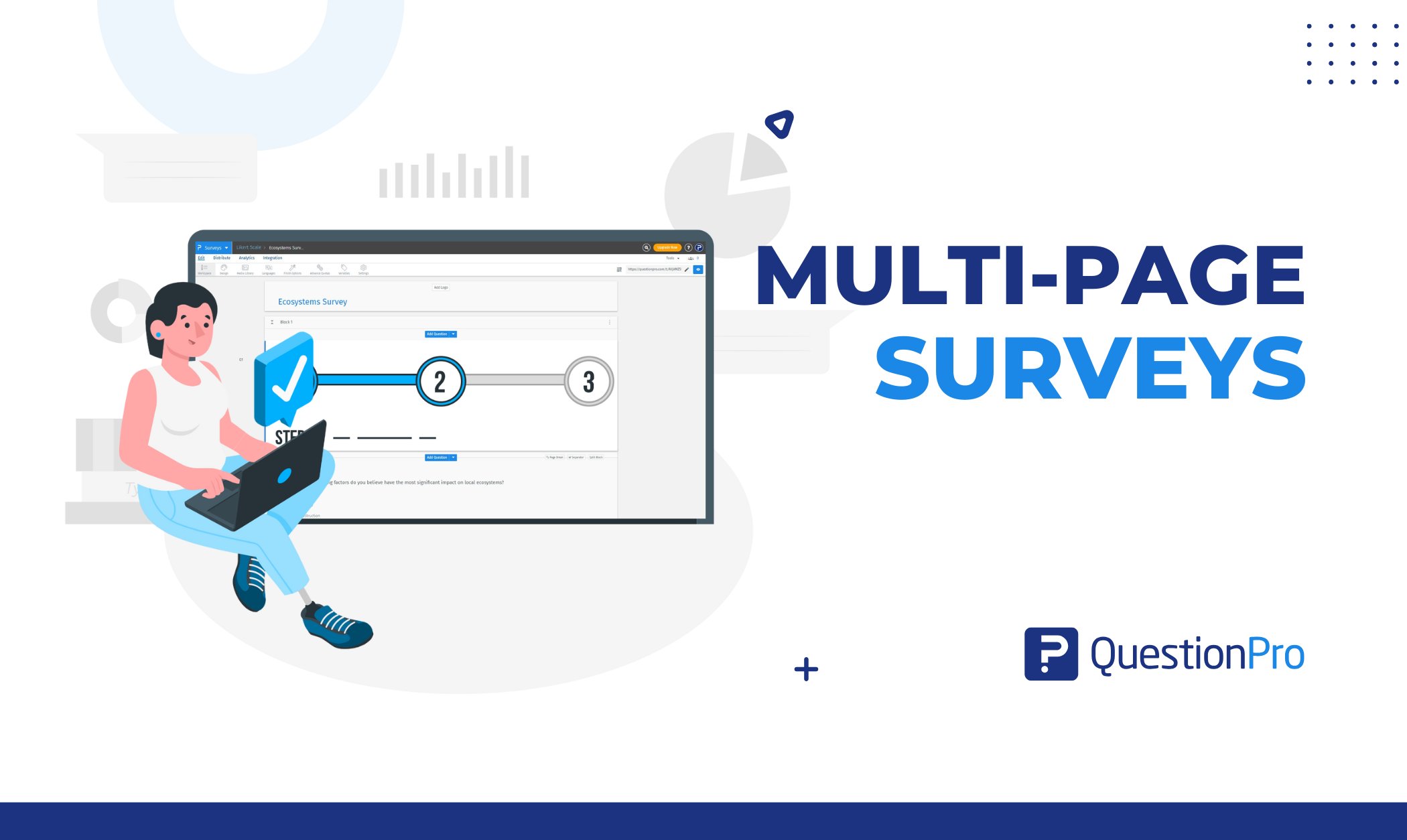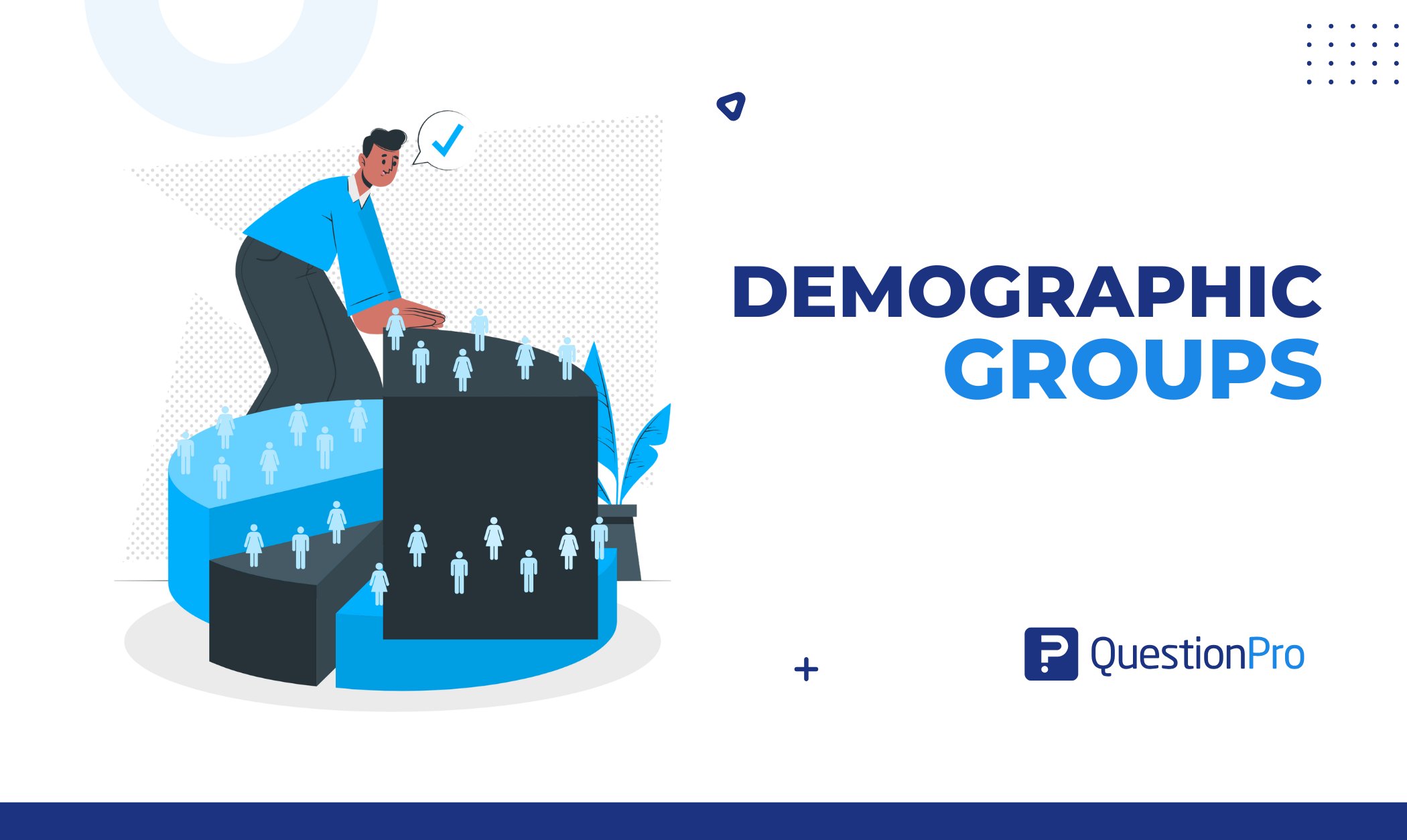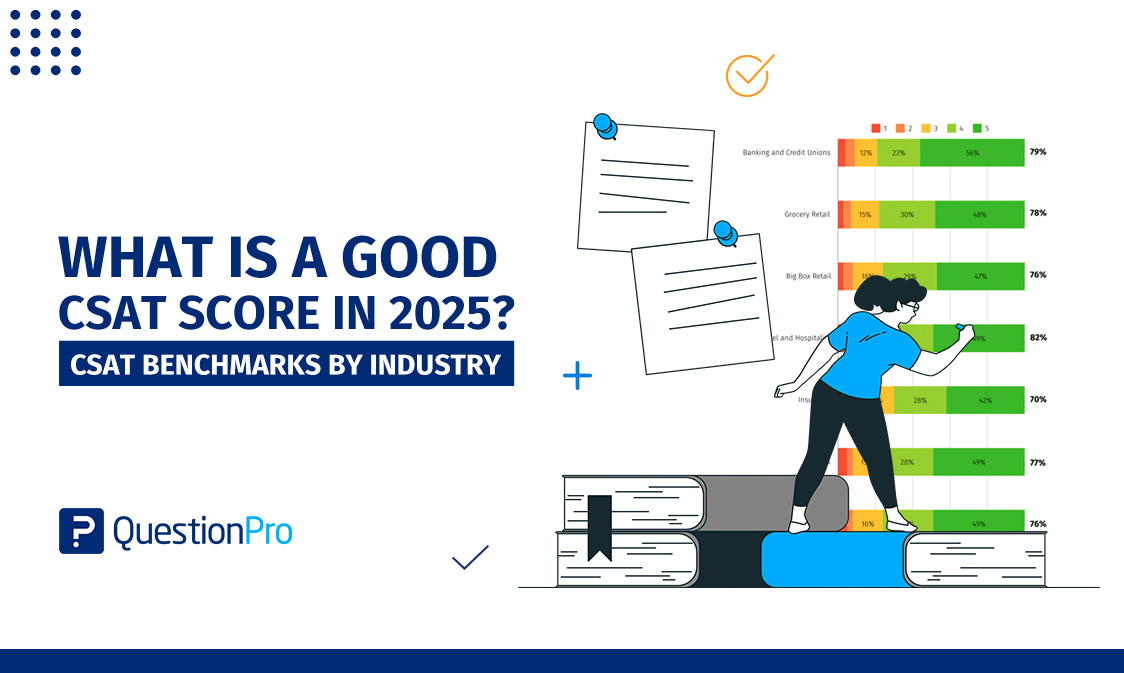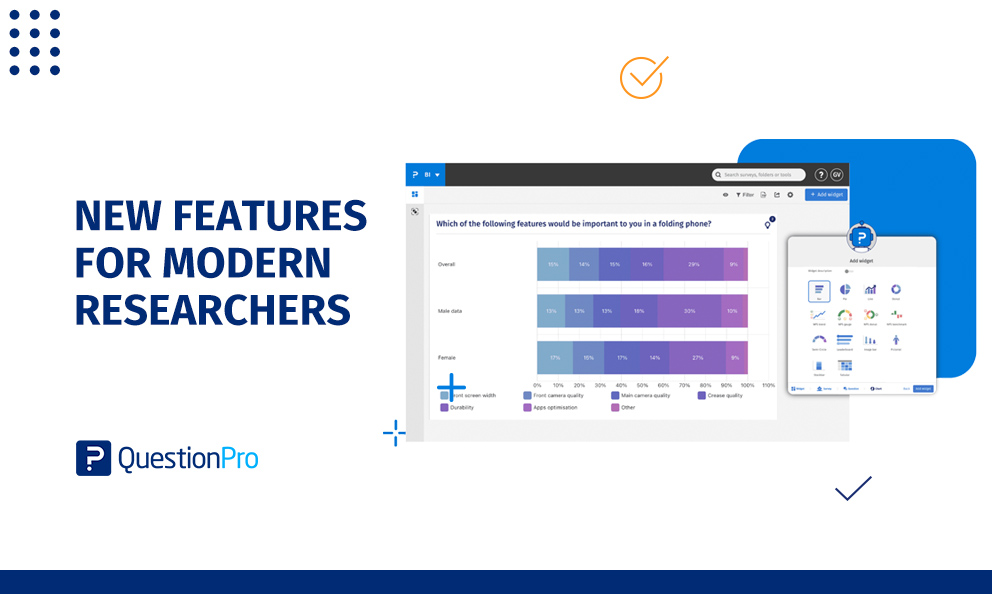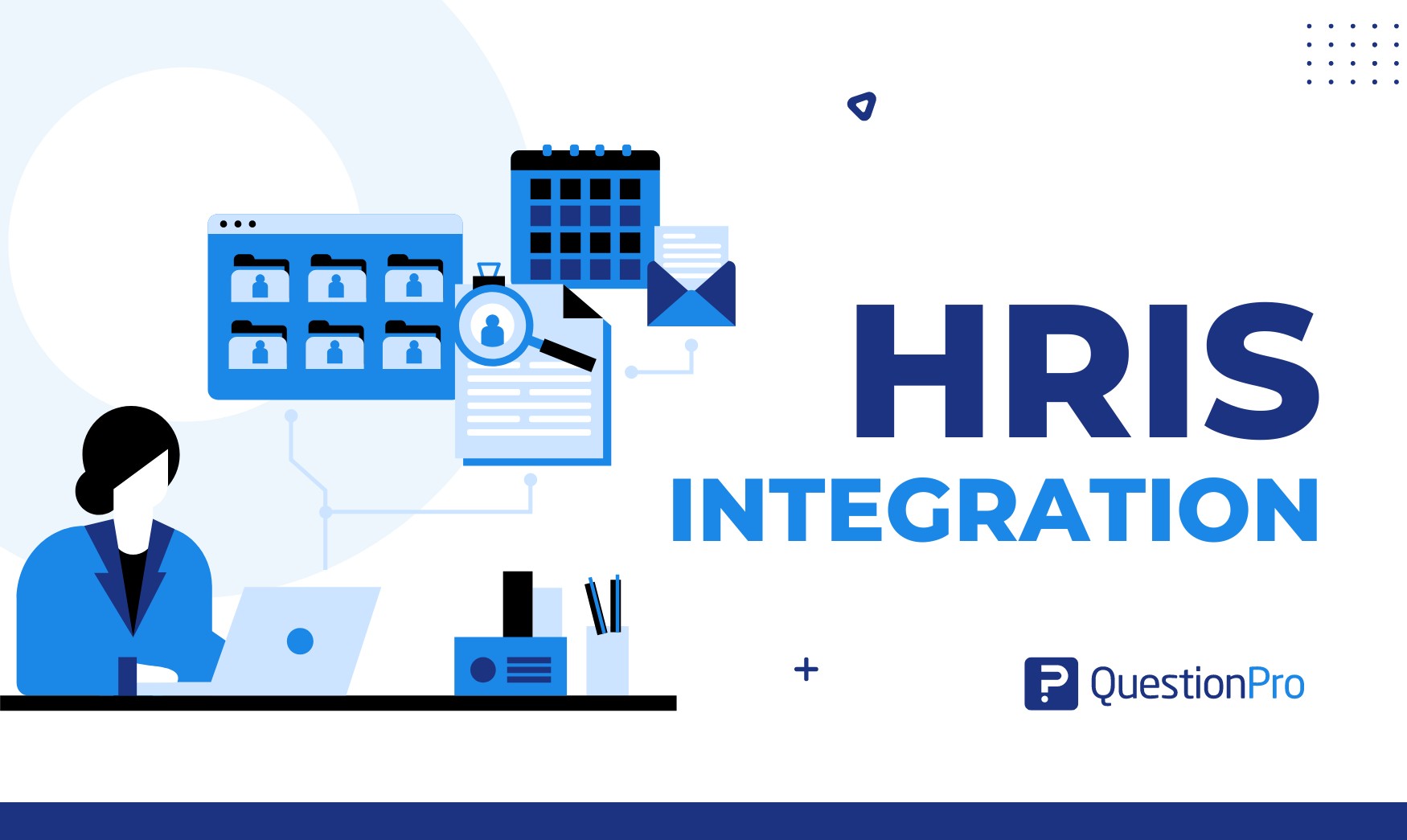
Think of HRIS (Human Resource Information System) as a digital brain that helps HR professionals manage their tasks. Now, HRIS Integration is like connecting this brain to other tools or platforms, creating a smooth flow of information.
It is the magic that turns HR tasks from a juggling act into a well-choreographed dance. It’s all about making things work together so HR professionals can focus on what they do best – taking care of their most valuable asset, the employees.
In this blog, we will explore HRIS integration and share a step-by-step guide to help you learn how to approach it. So, stay with us for detailed exploring.
What is HRIS Integration?
HRIS integration refers to the process of connecting and combining Human Resource Information System (HRIS) software with other HR systems, applications, or platforms within an organization.
HRIS is a comprehensive software solution that facilitates the management of various HR functions, including employee records, payroll, benefits administration, performance management, and more.
Integration is crucial because it enables seamless data flow and communication between HRIS and other business systems. This can include integration with:
- Payroll Systems: Ensuring accurate and timely processing of payroll data.
- Time and Attendance Systems: Tracking employee work hours and attendance.
- Recruitment and Applicant Tracking Systems: Streamlining the hiring process.
- Learning Management Systems (LMS): Managing employee training and development.
- Performance Management Systems: Aligning HRIS with performance evaluation processes.
- Benefits Administration Systems: Managing employee benefits efficiently.
- ERP (Enterprise Resource Planning) Systems: Integrating HR with broader organizational functions.
Ultimately, HRIS integrations enhance the overall effectiveness of HR management by creating an excellent and interconnected ecosystem within an organization.
Benefits of Human Resources Information System
Implementing an integrated HR system offers numerous benefits to organizations. Here are some key advantages:
Precision in Data Management
It ensures a single, unified source of truth for all HR-related data. By seamlessly connecting different HR functions, from recruitment to payroll and beyond, organizations can eliminate data silos, reducing errors and ensuring data consistency. The result? Accurate, up-to-date information that forms the foundation for strategic decision-making.
Automation Efficiency
Automation is the key to unlocking unparalleled efficiency in HR operations. HRIS integration automates repetitive tasks, eliminating manual data entry and reducing the risk of human error. With streamlined processes, HR can redirect their focus towards more strategic initiatives, contributing significantly to the organization’s success.
Empowering Employee Experience
This integration places the power of information in the hands of employees. Through self-service portals, staff can effortlessly access and manage employee data, from personal details to benefits and performance metrics. This enhances employee satisfaction and fosters a culture of transparency and engagement.
Insightful Decision-Making
Access to real-time, comprehensive data is a game-changer for decision-makers. HRIS integration provides:
- Robust reporting and analytics tools.
- Offering valuable insights into workforce trends.
- Performance metrics.
- HR KPIs.
Armed with this information, organizations can make data-driven decisions that gear up them toward success.
Compliance and Security Reinforcement
Following rules and regulations about data is super important. This integration ensures that HR processes stick to these rules, lowering the risk of not following them. Also, having all the data in one place makes it super safe, protecting important employee info from people who shouldn’t have it and preventing any potential breaches.
Cost-Effective Operations
Efficiency gains achieved through HRIS integration translate into cost savings. Reduced manual labor, minimized errors, and streamlined processes contribute to a more cost-effective HR operation. Organizations can allocate resources more strategically, optimizing their budget for maximum impact.
Future-Ready Scalability
As organizations evolve, so do their HR needs. HRIS integration offers scalable solutions that can adapt to changing business requirements. Whether it’s adding new modules or functionalities, the flexibility provided by HRIS integration ensures that organizations remain agile and ready for the future.
Learn About: Employee Lifecycle Management Software
Challenges of HRIS Integration
While HRIS integration brings a multitude of benefits, implementing and maintaining such an HR system is not without its challenges. Here are some common challenges associated with HRIS integration:
- Cost and Resource Allocation: Implementing HRIS integration can be a substantial upfront investment in software and the resources required for training and system maintenance. Allocating adequate resources and managing costs is a constant challenge.
- Data Migration and Quality: Migrating existing data to the new HRIS system can be complex and time-consuming. Ensuring data quality during migration and maintaining accuracy in the long run is a persistent challenge.
- System Compatibility: Ensuring seamless integration with existing systems, such as payroll, time and attendance, or ERP, can be challenging. Compatibility issues may arise, requiring thorough testing and adjustments.
- Security Concerns: Ensuring sensitive HR data is a top priority. Integrating HRIS requires robust security measures to protect against data breaches and unauthorized access, which may pose ongoing challenges.
- Training and Adoption: Employees and HR must be trained to use the new system effectively. Resistance to learning new tools and ensuring widespread adoption across the organization can be a significant hurdle.
- Integration Timelines: Integrating HRIS within a specific timeframe can be challenging, especially when dealing with large datasets and complex processes. Delays in integration can disrupt HR operations and impact overall efficiency.
- Vendor Selection: Choosing the right HRIS vendor is crucial for successful integration. Evaluating vendors based on factors like scalability, support, and ongoing updates requires thorough research and careful consideration.
- Maintenance and Upgrades: HRIS systems require regular maintenance, updates, and sometimes upgrades. Balancing the need for system improvements with the potential disruption to ongoing HR operations poses an ongoing challenge.
How to Approach HRIS Integration?
Approaching HRIS (Human Resource Information System) integration requires careful planning, collaboration, and attention to detail. Here is a step-by-step guide to help you navigate the HRIS integration process successfully:
Step 01. Define Objectives and Requirements
Clearly outline your objectives for HRIS integration. Identify the specific HR functions you want to streamline or improve. Define the requirements and features needed in the HRIS system to meet your organizational goals. This step forms the foundation for the entire integration process.
Step 02. Conduct a Comprehensive Needs Assessment
Evaluate your current HR procedures and systems. Identify pain points, inefficiencies, and areas for improvement. Consider the specific needs of different departments and stakeholders. This assessment will help you understand the scope of integration and tailor the solution to your organization’s unique requirements.
Step 03. Form a Cross-Functional Team
Build a team with representatives from HR, IT, finance, and other relevant departments. Ensure a diverse set of skills and perspectives to address different aspects of the integration. Assign clear roles and responsibilities to team members, fostering collaboration and efficient decision-making.
Step 04. Research and Select the Right HRIS Vendor
Conduct thorough research to identify potential HRIS vendors. Evaluate them based on factors such as system features, scalability, vendor reputation, and customer support. Request demonstrations, speak to current users, and assess the vendor’s ability to meet your organization’s specific needs.
Step 05. Develop a Detailed Integration Plan
Create a comprehensive integration plan that outlines the entire process from start to finish. Define timelines, milestones, and key deliverables for each phase. Ensure that the plan accounts for data migration, system testing, employee training, and ongoing support. A well-structured plan is crucial for a smooth integration process.
Step 06. Address Data Migration and Quality
Prepare for data migration by cleaning and validating existing HR data. Develop protocols to ensure accurate and secure data transfer to the new HRIS system. Regularly back up data to mitigate the risk of data loss during the integration. Improved data accuracy is vital for the success of HRIS integration.
Step 07. Implement and Monitor
Execute the integration plan in a phased approach. Start with a pilot phase to test the system with a smaller group of users. Monitor the integration closely, gather feedback, and make necessary adjustments. Roll out the system gradually to larger groups, providing ongoing support and training as needed.
By following these seven steps, you can approach HRIS integration strategically, addressing your organization’s specific needs and ensuring a successful implementation that enhances HR processes and contributes to overall organizational success.
How QuestionPro Can help in HRIS integration?
QuestionPro can facilitate HRIS (Human Resource Information System) integration by providing a platform that allows for seamless communication and data exchange between QuestionPro and various HRIS platforms. Here’s how QuestionPro can help in HRIS integration:
- Survey Distribution Based on HR Events: QuestionPro can be integrated with HRIS to trigger surveys based on specific HR events, such as onboarding, exit interviews, or training sessions. This ensures timely and relevant surveys aligned with HR processes.
- Real-Time or Scheduled Updates: HRIS integration in QuestionPro allows for real-time or scheduled updates to the employee roster. This means that survey distribution can be synchronized with changes in the HRIS system, ensuring accurate and up-to-date participant lists.
- Multiple Users Syncing Data: QuestionPro allows multiple users of the same HRIS system to sync data with QuestionPro Workforce. This collaborative feature ensures that different HR specialists can collectively manage and synchronize data seamlessly.
- Secure API Integration: The integration involves connecting QuestionPro with HRIS platforms through API keys and Connection URLs. This secure method ensures that data exchange is protected and complies with security standards, safeguarding sensitive HR information.
- Field Mapping for Data Accuracy: QuestionPro enables users to map key fields, such as email addresses, between HRIS and QuestionPro Workforce. This field mapping ensures that data is accurately synchronized, reducing the risk of errors during integration.
- Automated Data Synchronization: With HRIS integration, QuestionPro offers automated data synchronization. Users can set up the frequency of sync, whether in real-time or at scheduled intervals. This automation minimizes manual efforts and ensures consistent data updates.
- Logs for Monitoring and Analysis: The integration includes a comprehensive log system in QuestionPro. Users can monitor sync update details, check the synchronization status, and analyze the outcomes. Logs can be filtered based on date ranges and exported for further analysis.
- Flexibility and Customization: QuestionPro provides flexibility in integrating with various HRIS platforms, allowing organizations to choose the system that best suits their needs. The customizable integration enables organizations to tailor the sync process to their unique HR workflows.
- Continuous Updates and Enhancements: QuestionPro consistently updates its features and integration capabilities. Organizations benefit from ongoing improvements, ensuring that the integration remains current and aligned with evolving HR practices and technology standards.
By facilitating the integration of HRIS with QuestionPro, organizations can enhance their HR processes, streamline survey distribution, and gather valuable insights at various stages of the employee lifecycle. This integration aims to make the HR survey process more efficient, timely, and aligned with organizational goals.
Conclusion
HRIS integration is a strategic move that can revolutionize your HR processes. Organizations can explore HRIS integration to enhance efficiency, improve decision-making, and create a more streamlined and engaging employee experience by understanding its benefits and following a systematic approach.
Also, by facilitating the integration of HRIS with QuestionPro, organizations can enhance their HR processes, streamline survey distribution, and gather valuable insights at various stages of the employee lifecycle.
This integration helps to make the HR survey process more efficient, timely, and aligned with organizational goals. Contact QuestionPro if you have any queries for further processing!




